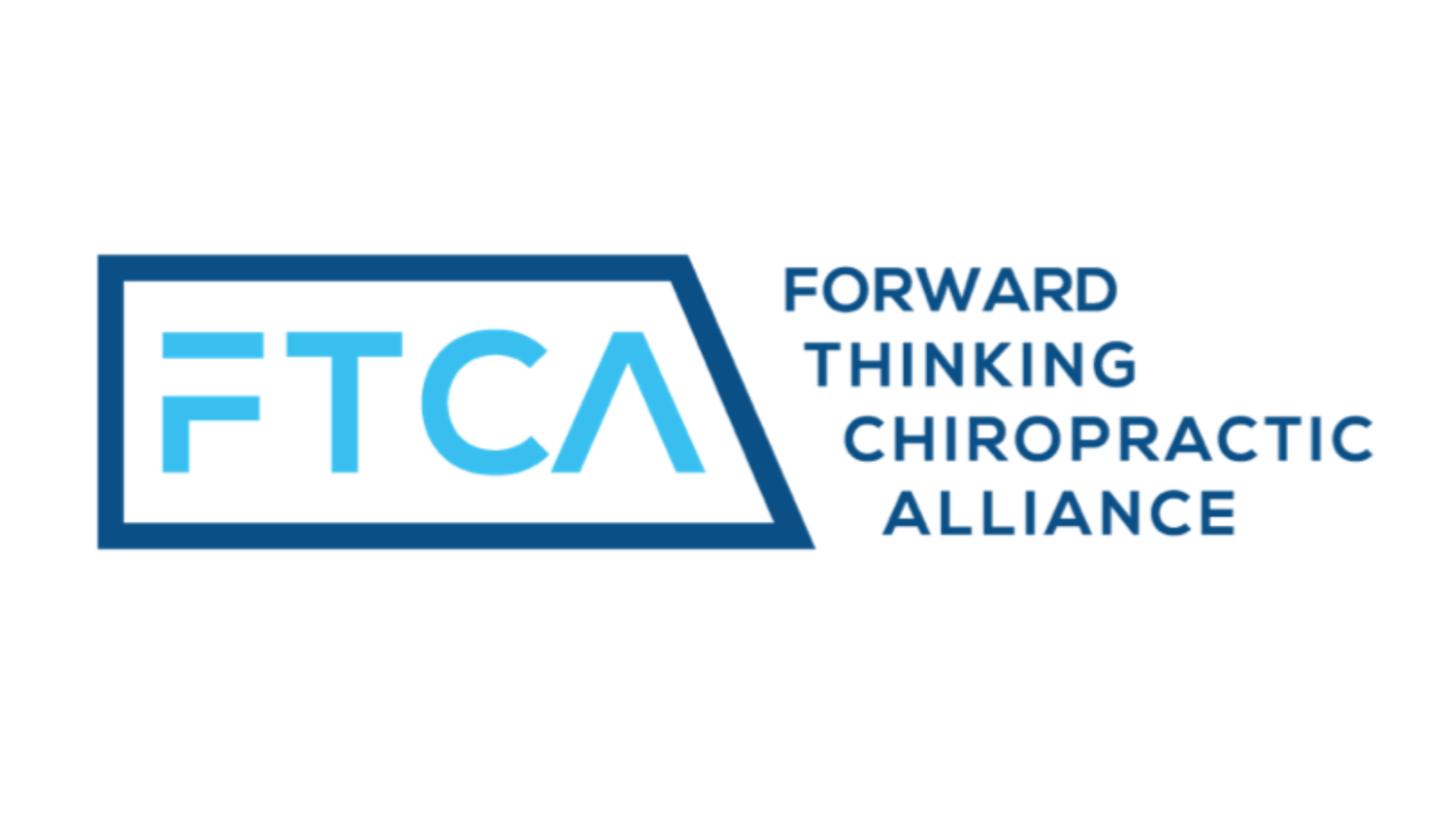By Jonathan D’Angelo DC, ATC
My name is Jonathan D'Angelo, and I am the Head of Performance & Rehab for New York City Football Club (Academy). My primary role involves directing sports medicine care for the developmental teams (U12-U19). I also provide chiropractic care to the first team (professionals) as a dual credentialed doctor of chiropractic and certified athletic trainer. The Academy is a farm system for the first team. Our job is to develop soccer athletes from a technical, tactical, and physical standpoint with the intent to sign them professionally. In this blog post I would like to provide insight into what the daily operations look like in sports medicine and my experience in it.
The first word I would like to present is PATIENCE. I started as an intern with NYCFC in 2016 during my athletic training studies. The most important task I had was preparing Gatorade coolers, wiping down tables and filling medical supplies. The excitement of being involved at a professional level was a dream come true. Even if it meant sweeping the floor, I made it my job to give that task my everything. I am proud to say we had the cleanest cooler room in Major League Soccer (self-proclaimed). In time, my head athletic trainer progressed my responsibilities in carrying out rehab programs with some of our professional players. I attribute this to my patience and always being ready to take on any task that was assigned. Even if it was being at the training facility at 7 am and not leaving until the evening. Eventually I got the role as the academy athletic trainer and then eventually head of the program. It took 6 years, and even though there were moments where I felt ready for the next position, patience got me to the position I wanted.
The second word I would like to present is ADAPTABILITY. At this level, there are going to be many challenges and expectations thrown your way as a provider. The provider must make it work somehow for the team, the player, and your sports medicine department. Besides the head athletic trainer being your boss, the head coach and sporting director are your top boss. Your clinical decisions are sometimes guided by the demands of the coach and sporting director. I will tell you; a coach is sometimes the hardest person to please. Learning how to talk to coaches becomes an art, but you both need to realize you have the same goal.. and that is to win.
Be a great LEARNER. I have my mentors to thank for teaching me this. Specifically, a physical therapist, yes, a physical therapist. Besides the musculoskeletal knowledge he taught me, he showed me how to carry myself in a professional environment. From something as simple as where to stand in critical moments or even body language when the orthopedic surgeon walks in. In a sports medicine setting you will have many providers walk through the training room. Podiatrists, chiropractors, osteopaths, licensed massage therapists, strength & conditioning specialists, dentists, dermatologists, radiologists, rheumatologists, and acupuncturists just to name a few… If you get anything from this article, it is this… LEARN from everyone. It is ok to not know how to cover a blister and defer to a podiatrist. Some of the skills I am most proud of are how to remove an ingrown toenail and mastering the blister from our team podiatrist. As a chiropractor, I have encountered many providers who have no idea what our training entails. It is not a technical program that teaches you spinal manipulation. So, if you demand respect you must give respect. Learn the training/schooling and skill set of all those providers I mentioned. Once you earn someone’s respect, it creates a great learning environment.
The importance of keeping it SIMPLE. I learned this from an old baseball coach of mine. It is not about having a curve ball, sinker, slider, two seam and splitter. It may just be having a good curve and four seam combination. The power of your words with athletes is sometimes the strongest. Not the manipulations, taping, myofascial techniques, modalities, dry needling or whatever specialty course you spent a lot of money on. A lot of people always ask what I do with professional athletes, and I always say, it is no different than what I did at the old orthopedic rehab clinic with my collegiate soccer players. Let me dive deeper into that statement. What I mean is, I promote self-efficacy through movement, I provide empathy through my touch and I listen. I try to understand the athlete’s mind (very complex and anxiety filled) and connect with them. Soft tissue is soft tissue. A professional athlete’s quadriceps is no different in structure. It is all the stresses that surrounds that injury which makes it difficult to manage.
In conclusion, whether it is working in a private clinic or for a sports team, you must find time to enjoy what you do. We all decided to go to school for years and spend a lot of money for a reason.. to help people (I hope). Carrying yourself in a humble manner and showing empathy will get you far. I was never afraid of walking into some of the best medical institutions in New York City and introducing myself as Jon, the chiropractor. As we all do, I have many stories of people’s reactions or one liner I got after I introduced myself. But the best thing we can do is educate that person. One person at a time and then you will become a member of the team.
Thank you for this opportunity
JD
